Further to a recent blog on wine labelling, this explains why some wine brands seem to show all ingredients and others do not. There is a cut off date based on when the wine was produced of 30 June 2012. Wine produced before this date doesn’t need to be labelled but after this date is should be.
Here is the latest from the Food Standards Agency:
“COMMISSION REGULATION (EU) No 579/2012 of 29 June 2012 will now require the labelling of wine to indicate the use of egg and milk ingredients as fining agents in the production of wine placed on the EU market or labelled after 30 June 2012, if these materials are found still to be present, using agreed analytical methods. Previously, these ingredients were given temporary exemptions subject to a dossier to support permanent exemptions being submitted by the Wine industry.
Previously, these ingredients were given temporary exemptions subject to a dossier to support permanent exemptions being submitted by the Wine industry.
All wine produced prior to the 2012 harvest is still covered by the previous exemption as set out in Regulation No.1266/2010 if placed on the EU market or labelled before 30 June 2012.
However, all wine produced from the 2012 and subsequent harvests of grapes that have used eggs and milk as fining agents and where these materials are still detectable in the wine will have to declare this on the labels.”
The Regulation and the accompanying guidance can be found at
http://eur-lex.europa.eu/LexUriServ/LexUriServ.do?uri=OJ:L:2012:171:0004:0007:EN:PDF
http://ec.europa.eu/agriculture/markets/wine/labelling_allergens.pdf
The links above are really worth looking at. They show a detailed breakdown of which ingredients are covered and it seems to just be sulphites, milk and egg derived products. No mention of any of the chemicals that we know are added to wine.
You should see words like this on wine labels more and more from now on:
e.g. ‘sulphites’, ‘sulfites’, ‘sulphur dioxide’ or ‘sulfur dioxide’
‘egg’, ‘egg protein’, ‘egg product’, ‘egg lysozyme’ or ‘egg albumin’
‘milk’, ‘milk products’
The reason that many, many wine bottles still seem to contain no warnings is because they were produced from harvests prior to 2012. Once old stock is exhausted any new harvests MUST be labelled if wine is shown to contain levels of the allergens listed above a given limit. It isn’t clear what that limit is, how these tests will be carried out nor how this process will be monitored.
But it’s a huge step forward. Hip, hip hooray!
I’m not sure if I will be asking in pubs just yet whether they can check the label, I can just see the funny looks, but I must steel myself and be brave.
Me: “Can I check please whether there is any dairy in this wine?”
Barman: “What?”
Me: Can I please check the label to see if there are any milk derivitives in the white wine I want to order. Some wines can contain wine and egg.”
Barman:“You want some milk in your wine?”
Me:“No, I don’t. I’m allergic to milk and all dairy so I would just be really grateful if you could check or let me read the label myself?”
Barman: “Er, no love. We don’t put any milk or eggs in our wine. Do you want a bottle or a glass?”
Me:“
Barman:“Ere Mavis (calls to barmaid) There’s a woman ere wants some milk in er wine. We don’t do milk do we?”
Barmaid:“No Jim, we don’t do teas, coffees or milk. Does she want milk for a kiddy? Kids aren’t allowed in the bar I’m afraid dear.”
Me:“Can I just have a glass of apple juice please?”
I wonder how long till restaurant wine lists show allergens in the listing? Now there’s an idea.
So chin chin. Bottoms up. I have champagne in the fridge. Now there is another story; champagne contains yeast and sulphites but as far as I’m aware, not dairy. Why the champagne you ask? Well tomorrow I will be 21 again.
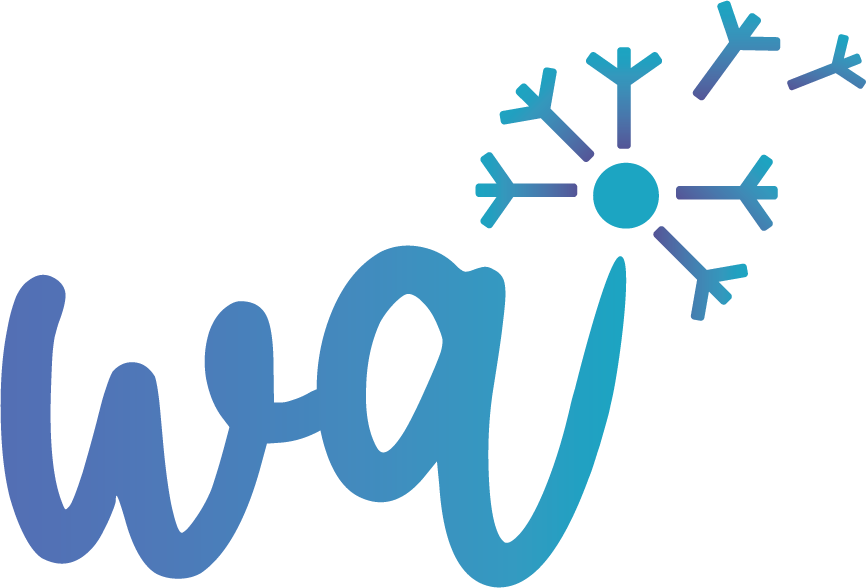


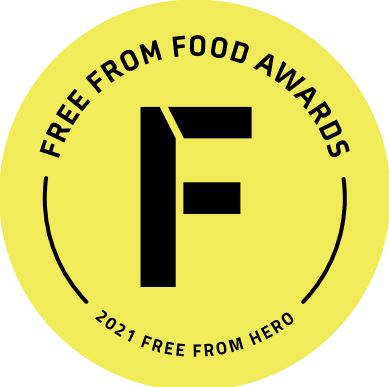

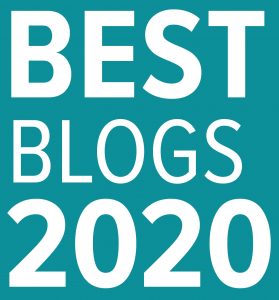
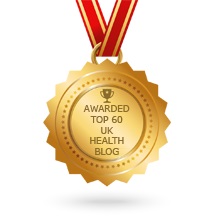

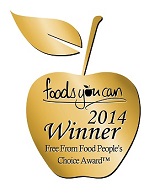
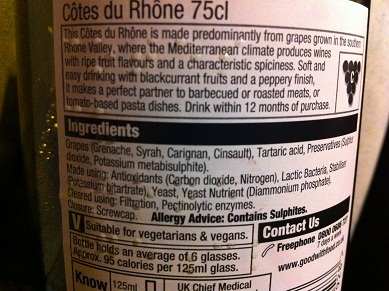
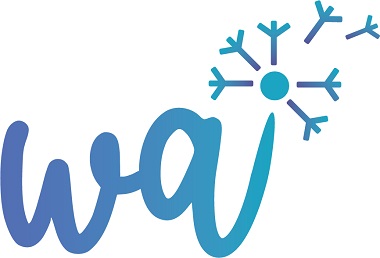

Leave a Reply